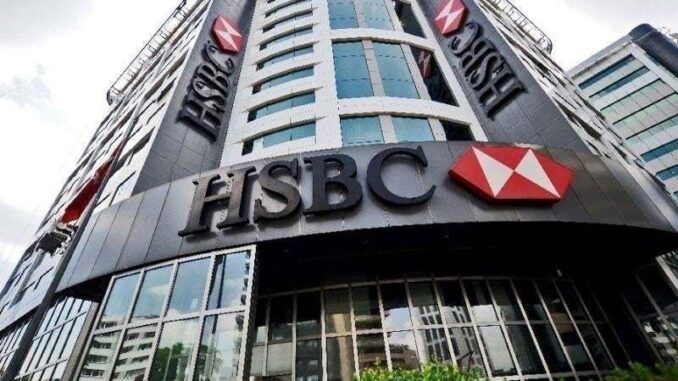
MANILA, Philippines — The recent move of the Bangko Sentral ng Pilipinas (BSP) to reduce banks’ reserve requirements will inject around P450 billion into the economy, but it will not reflect a major shift in the central bank’s monetary stance, according to HSBC Global Research.
HSBC economist for Asean Aris Dacanay said that while the cut in reserve requirement ratios (RRR) would release substantial liquidity, it may not signal a fundamental change in the BSP’s monetary policy.
“The RRR cut will likely inject P450 billion into the economy at first. Nonetheless, we do not think this is a change in the BSP’s monetary stance,” Dacanay said.
“It is more a change in logistics, rather than a change in outcome. Due to the BSP continuously improving its monetary tools, a big part of the liquidity injected will likely be re-absorbed back by the BSP through the bills it issues,” he said.
The BSP reduced the RRR of big banks as well as non-bank financial institutions with quasi-banking functions by 250 basis points to seven percent from 9.5 percent.
Likewise, the RRR for digital banks was reduced by 200 basis points to four percent from six percent, while the RRR for thrift banks was cut by 100 basis points to one percent from two percent.
The level of deposits small or rural and cooperative banks are required to keep with the BSP was lowered to zero from one percent. The new ratios will be effective on Oct. 25.
According to Dacanay, even though the RRR cut will increase the funding flexibility of banks, which can be seen as a form of easing, it does not “tilt the chances” of a policy rate cut in October.
“Yes, a lower RRR allows banks to extend more loans to businesses and households. But, as shown by the excess liquidity being absorbed by the BSP, the financial market is already flush to begin with as businesses and households are reluctant to take in credit due to the high cost of borrowing, leading to banks parking their money in the BSP.”
Based on the latest monetary policy report, the BSP’s liquidity facilities absorbed a total outstanding amount of P1.624 trillion as of July.
In terms of monetary policy, HSBC still expects the BSP to keep its easing cycle at a gradual pace, only cutting by 25 basis points in December after a pause in October.
“The BSP only signaled one 25-basis-point rate cut for the rest of 2024, showcasing that the BSP isn’t in much of a rush to loosen the monetary reins,” he said.
“But with the Fed cutting by 50 basis points this week, we think the risk of the BSP cutting by 50 basis points in the fourth quarter of 2024 also increased,” he added.
The Monetary Board cut interest rates by 25 basis points in its meeting last month, bringing the key rate to 6.25 percent from 6.50 percent previously. Prior to the cut, the BSP kept its policy rate unchanged for six straight meetings since November 2023 to assess the impact of previous monetary actions. From May 2022 to October 2023, it hiked rates by 450 basis points.
The BSP will next meet on Oct. 17 and Dec. 19 to discuss policy.


Be the first to comment